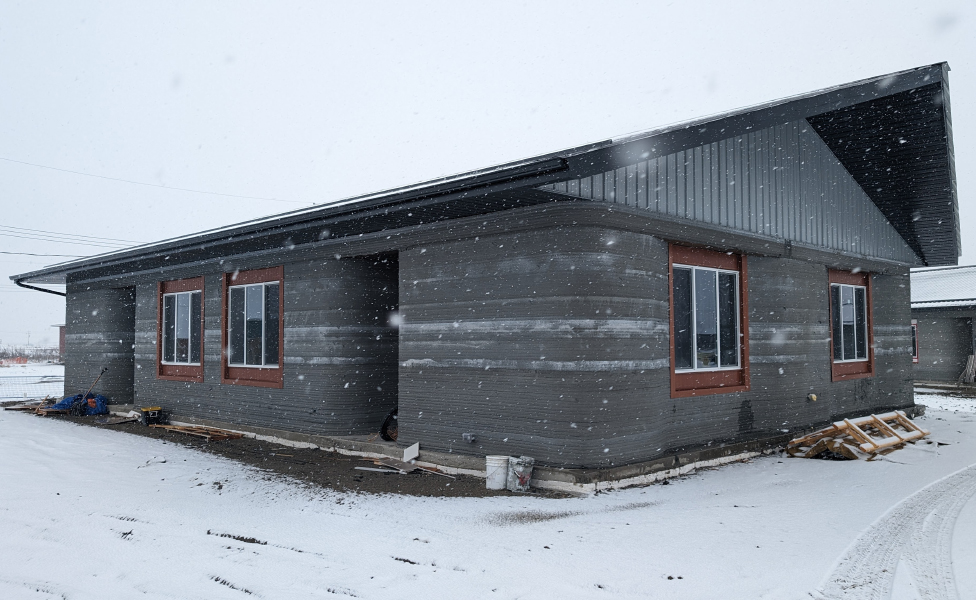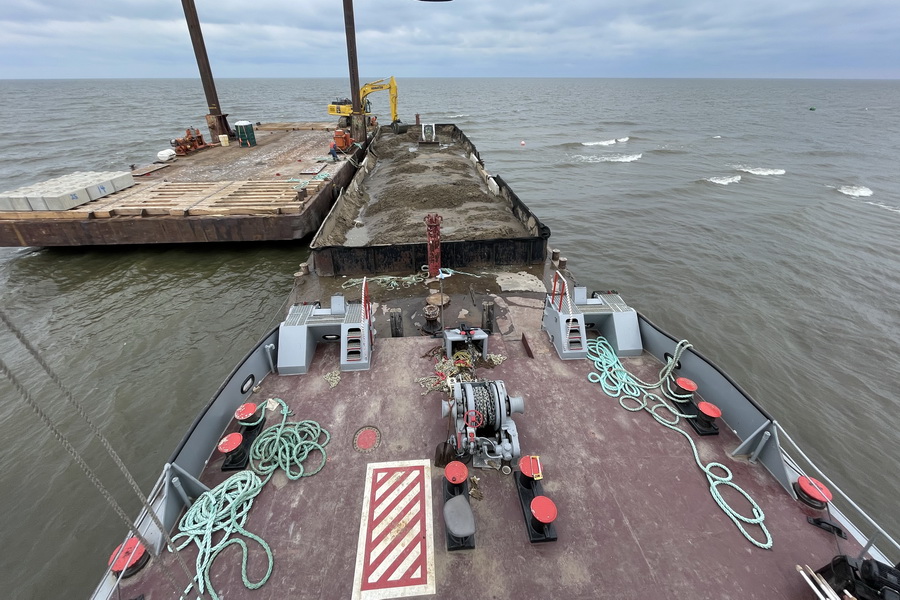New Wetaskiwin Wastewater Treatment Plant meets higher effluent requirements
October 5, 2023
Share

Located 70 kilometres south of Edmonton, the City of Wetaskiwin is home to approximately 13,000 people. The City operates a wastewater treatment lagoon originally constructed in 1979, which discharges treated effluent to the Battle River. In 2019, Alberta Environment and Parks, which regulates wastewater treatment facilities in Alberta, issued an approval renewal for the facility that imposed more stringent effluent limits by the end of 2023. As a result, the City retained Associated Engineering to provide design and construction engineering services to upgrade the wastewater treatment plant to meet these new effluent limits.
During the preliminary phase of the project, Associated's project team completed a Concept Report including a flow and load design basis, a review of mechanical treatment technology options, and short-listed upgrade options examined through a multi-criteria assessment and risk evaluation. Subsequently, the team conducted a feasibility review, analyzing two treatment technologies: Submerged Attached-Growth Reactor technology and Moving Bed Biofilm Reactor technology.
Based on this review, the team prepared a Design Basis Memorandum of the proposed treatment system upgrade that included headworks, lagoons, post-lagoon Moving Bed Biofilm Reactor with nitrification and denitrification, tertiary filtration, and disinfection.
Project Manager, Daniel du Toit, tells us, "The estimated capital cost for the upgrades required to meet the new regulatory limits was significant and required external funding. Partial grant funding was received from the Alberta Government."

The City explored alternative delivery methods, including public-private partnerships. In 2020, based on an evaluated expression of interest process, the City selected Graham Capital as a business partner to construct, finance, operate, and maintain the new wastewater treatment plant. Peace Hills Utilities Inc., a municipal-controlled utility corporation, was created, allowing the City to reduce debt and finance the project with the lowest possible rate impact on citizens. Graham Infrastructure was contracted under Peace Hills Utilities Inc. to perform the construction. Peace Hills Utilities Inc. contracted Aquatera Utilities to provide operational and maintenance services for the water and wastewater treatment infrastructure.
Following the City's acceptance of the Design Basis Memorandum, our team began detailed design in June 2022. A collaborative work environment between Graham Infrastructure and Associated resulted in cost savings and helped expedite construction. Deputy Project Manager, Abu Waraich, says, "We developed the detailed design in collaboration with Graham. They provided input on constructability, material and equipment lead times, and schedule. Based on this input, we advanced certain components of the design to complete construction by the original December 31, 2023 deadline."

In addition, Value Engineering Sessions led to net savings of $3.5 million. The team also conducted Building Energy Modelling to reduce the cost of building construction. They completed a 3D Scan of all existing infrastructure to facilitate integration of new infrastructure with the existing works.

Detailed design of the wastewater treatment upgrades was completed in September 2022. Construction is now scheduled for completion in mid-2024, due to equipment supply delays.
The Associated team includes Daniel du Toit, Abu Waraich, Jose Bicudo, Rony Das, Zhi Gu, Kevin Darrah, James Sharpe, Keith Ogletree, Hu Kou, Dusanka Stevanovic, Caitlin Luo, Dorte Koster, and Brett Wynnyk.






